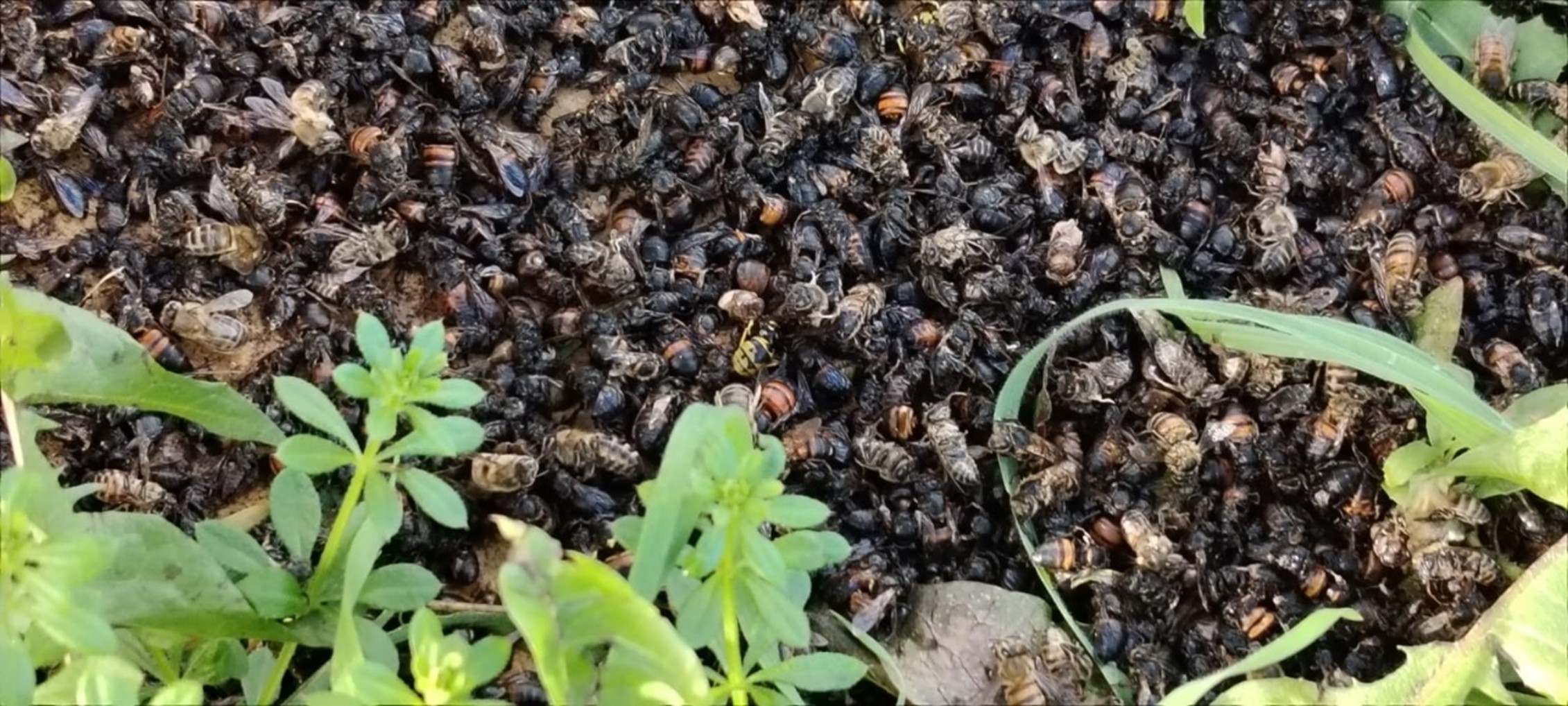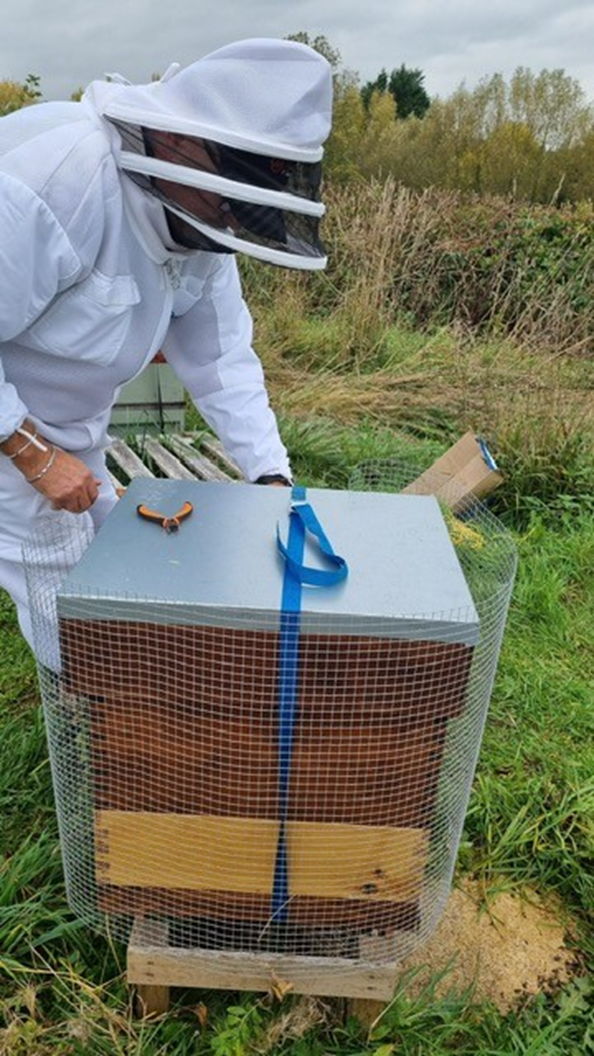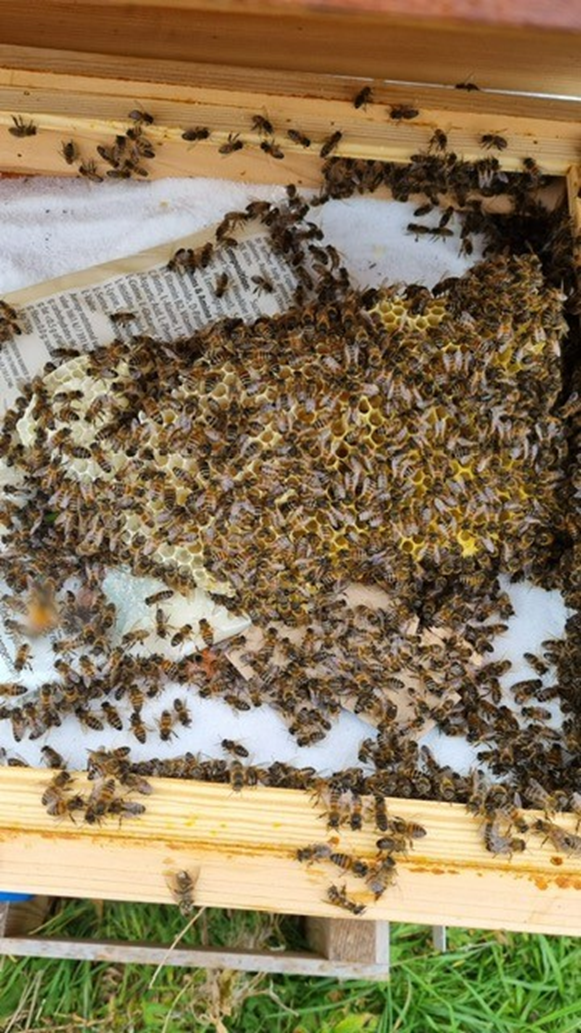A Beekeepers Journey – ‘You Will Get Stung!’ – Part 5
It’s been a glorious summer since my last blog back in May. June, July & August were warm months, and we had a lot happening at our hive.
May: We extracted over 30 jars of honey (25lbs). All sold within the week of extracting the crop from the hive.
June: We split our hive. This is like a ‘forced swarm’. We could see that we had a few Queen cells forming in our original hive and thought it a good idea to set up our second hive by extracting the ‘frame’ with the charged queen cells on them. This was a successful process, and we left the first and second hive to flourish.
On the next inspection towards the end of June we noticed that in our original hive the original queen was no longer there, and we had a new queen in situ. Again, we left both hives to flourish.
July: We took the decision to integrate the second hive back into the original hive because we had not spotted a queen in the second hive. This is a simple process of placing the ‘supers’ from the second hive below the existing hives ‘supers’ and separating them with newspaper. This allows the colony to get use to both the smell and pheromones of the other hive by chewing their way through the newspaper. This took about 2 weeks to complete.
August: We did our first Varroa mite check (a disease that can kill a colony). Our initial finding was positive that our levels of varroa were very low. No further action was required after we completed our second Varroa treatment.

September: We started to put our Bee’s to bed for the winter by adding a mouse guard to the entrance of the hive, an Eke to the top and chicken wire around the hive. I hear you all ask what does all that mean . . .
Mouse Guard – Stops mice from making the hive their home and stealing the honey stores
Eke - is a ‘spacer’ that allows us to administer sugar syrup and fondant stores to allow our Bee’s to feed during the winter
Chicken Wire – This stops woodpecker’s from trying to peck their way into the hive to steal the honey.
As we head into autumn and winter our colony of bee’s will start to reduce in size and the mortuary bee’s will be busy emptying the hive of dead bee’s. These can be seen outside the hive on the floor. The colony will reduce by at least half for the winter period.
October: Our bee’s decided to ‘beard’ at the bottom of the hive and had started to produce comb, so we made the decision as autumn was approaching to remove the beard and place them all into the top of the hive. This was a successful decision.
My next blog will be in March as we set up for the next season.


